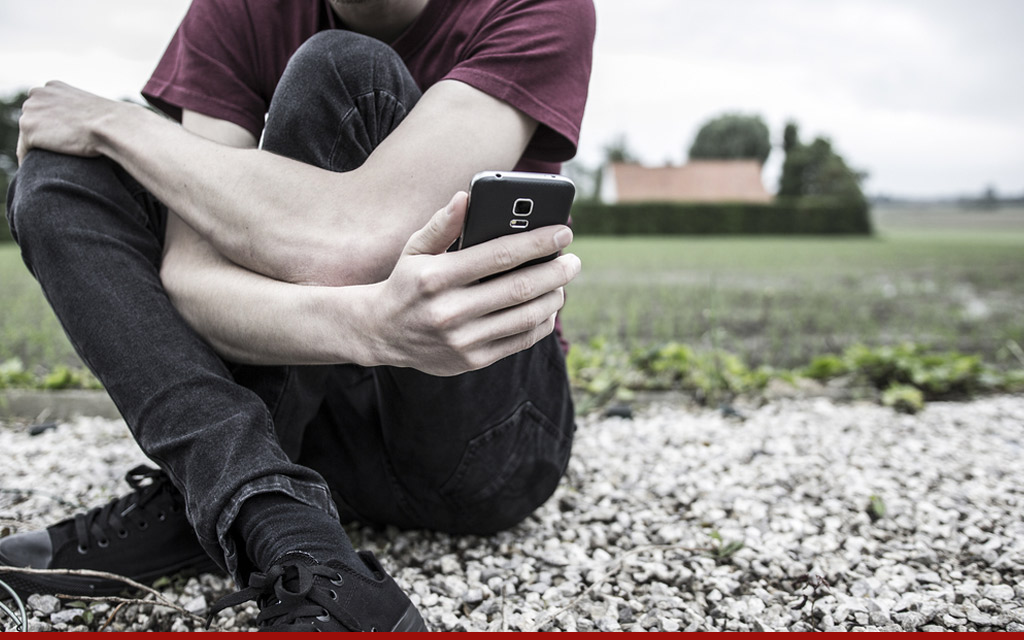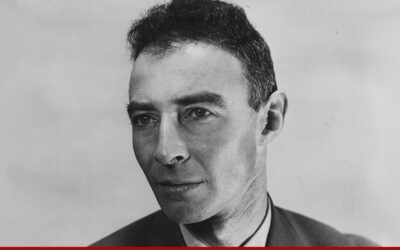For the longest time I believed that giving a person suffering from mental health issues an app was like giving a junkie a syringe. (Make that two syringes if the sufferer’s issues involve Internet addiction.) But the pandemic has upped the urgency to access mental help professionals and digital therapeutics without leaving home, affordably. Perhaps I judged these “self help” and telehealth apps that promise a happier, more mindful life too hastily.
We are a nation on the verge of a collective nervous breakdown. More than 40% of adults have reported symptoms of anxiety or depression in 2021, up from 10% in 2019. Each year since the pandemic started, between 40% and 60% of the population reports their stress levels are up compared to the prior year. Therapists are turning away patients because they’ve maxed out; self help groups are forming; and over 20,000 mental health apps offer to help fill the gap. (A good clearinghouse of these apps is Mindapps.)
Mental health issues are so widespread that employers are taking much more heed. Many who formerly just offered foosball and popcorn now provide apps like Headspace to help employees with mindfulness, meditation and sleep tracking. Calm, another popular meditation and sleep app, pivoted quickly from being just for consumers to promoting group employee discount programs. Insurance companies have begun offering coverage for apps like TalkSpace and Better Health as part of employee benefits program.
For time-starved workers who can’t fathom or afford traditional office visits, these apps seek to provide relief from insomnia, weight gain, substance abuse, stress, alcohol and drug abuse, depression, loneliness and anxiety. Moodily asks you to track your moods, pointing out remedies when you see yourself falling into a bad place. Others like TalkSpace offer online sessions with certified professionals. You are paired with the appropriate professional based on an assessment. Millennials and GenZ’s freely admit they’re perfectly happy to save travel and waiting time to access the same kind of therapy they’d get from at a therapist’s office. Many even tell me online services are better because they do the “matching” for you so you don’t have to interview therapist after therapist hoping to find one that clicks. A young nephew of mine who used Insight Timer and Headspace says, “They were an awesome introduction to mindfulness. Easy to use and affordable, they helped me learn how to focus on my breathing and created a great way to start the day.” New services like Ro Mind offer a $65-a-month plan to pair you with a doctor, prescribe medication (extra charges) and self-help classes for managing anxiety and depression.
It’s Complicated
No doubt these apps can be extremely helpful. Except when they’re not. Will a depressed person really track their moods? Could a person suffering from isolation just get one more way to remain isolated? Will queries about substance abuse become public, ultimately harming a person? And where is the line between a touch of depression and the sort of desperation that requires human intervention? The issues are many and complicated.
Too Much Choice
The barriers to releasing mental health apps are pretty low. An article in the Washington Post says it’s nearly impossible for “consumers, and in some cases clinicians, to identify what’s evidence-based and might work versus what…may in some cases be harmful.” The article says fairly definitively that apps will have better outcomes when combined with professional help.
More Time Spent Online
We know the amount of time most of us are spending on screen already borders on obsessiveness. In a wonderful article about tech and mental health, Lygeia Ricciardi explains how we’re already online doing almost everything. According to the Pew Research Center, 31% of Americans say they are online “almost constantly,” up from 21% in 2015. And worldwide we are spending 30% more time on apps per day than we did two years ago. Can even more time on screen really alleviate mental strife?
Galit Atlas, a mental health professional wrote an op ed in the NYT that takes an even more strident position, suggesting these apps “allow individuals to imagine that everything is under control, that no attachment to a live human being is necessary to untangle mental illness. Like pornography — interestingly, usually viewed on the very same devices — mental health apps substitute a two-dimensional image for a real in-depth relationship, and support an illusion of omnipotent control.”
Medical Community Laggards
Whether it’s self preservation or academic due diligence, the medical community has been slow to adopt, support, recommend apps and digital therapeutics in lieu of drugs and doctors office visits. I asked a renowned NYC psychiatrist to look into the academic literature for me. He found mostly older studies (circa 2016), with many conducted outside of the US. When I asked how he felt about apps, I got a glimmer of hope. “There is definitely utility for some, especially those that target anxiety symptoms through cognitively-oriented interventions.
Dr. David Shulkin, M.D., an advisor to Happify, a mental health wellness app based on game theory and also the Ninth Secretary of the US Department of Veteran Affairs, published insights from a literature review of 3,300 papers involving mobile apps. Shulkin found that less than two dozen identified primary or secondary outcomes (source). Another paper that examined literature analyzing mobile apps and diabetes found that only 14 identified any outcomes with data (source). Even fewer have undergone formal outcome analysis or have been subjected to a randomized clinical trial (RCT), which are the gold standard for researchers. Happify takes a pretty novel approach to digital therapies by delivering them in multimedia formats – games, chats, quizzes, (it just added coaching), articles, videos, meditations. According to Murray Zucker, MD, Chief Medical Officer at Happify, there is an AI layer in the program that directs you to activities it thinks you will find most beneficial.
At the moment the apps themselves are mostly providing the studies to supposedly justify their efficacy. The more well-established apps companies are initiating their own studies, with and without medical collaboration. Margaret Laws, CEO of Hope Labs, an Omidyar company that funds a number of digital health initiatives, shared some examples with me. Hopelab partnered with Grit Digital Health to build an online intervention/app called Nod to help college students. Having a distinct mission (in this case reducing the negative impact of loneliness) and a vision (encouraging college students to take social risks and develop resilience to setbacks) is the first part of the equation, says Laws. A randomized control study of 200 incoming first year students was published in the Journal of Medical Internet Research, giving credence to the approach.
Still, the medical community needs to step up and help in the evaluation.
The bottom line? Mental health apps can be useful, but include a healthy dose of snake oil. Watch out for older apps that haven’t been updated since they were released. There are tons of those. The best app recommendations come from friends, your doctor, or your employer. Apps can most reliably help with relaxation and behavior modification for stress, and can somewhat reduce loneliness and isolation. Tele-health apps apparently can alleviate some mild mental illness. But just like aspirin, an app is not a suitable remedy if conditions persist.
Source: https://techonomy.com/2021/08/shrink-pocket-will-see-now/




